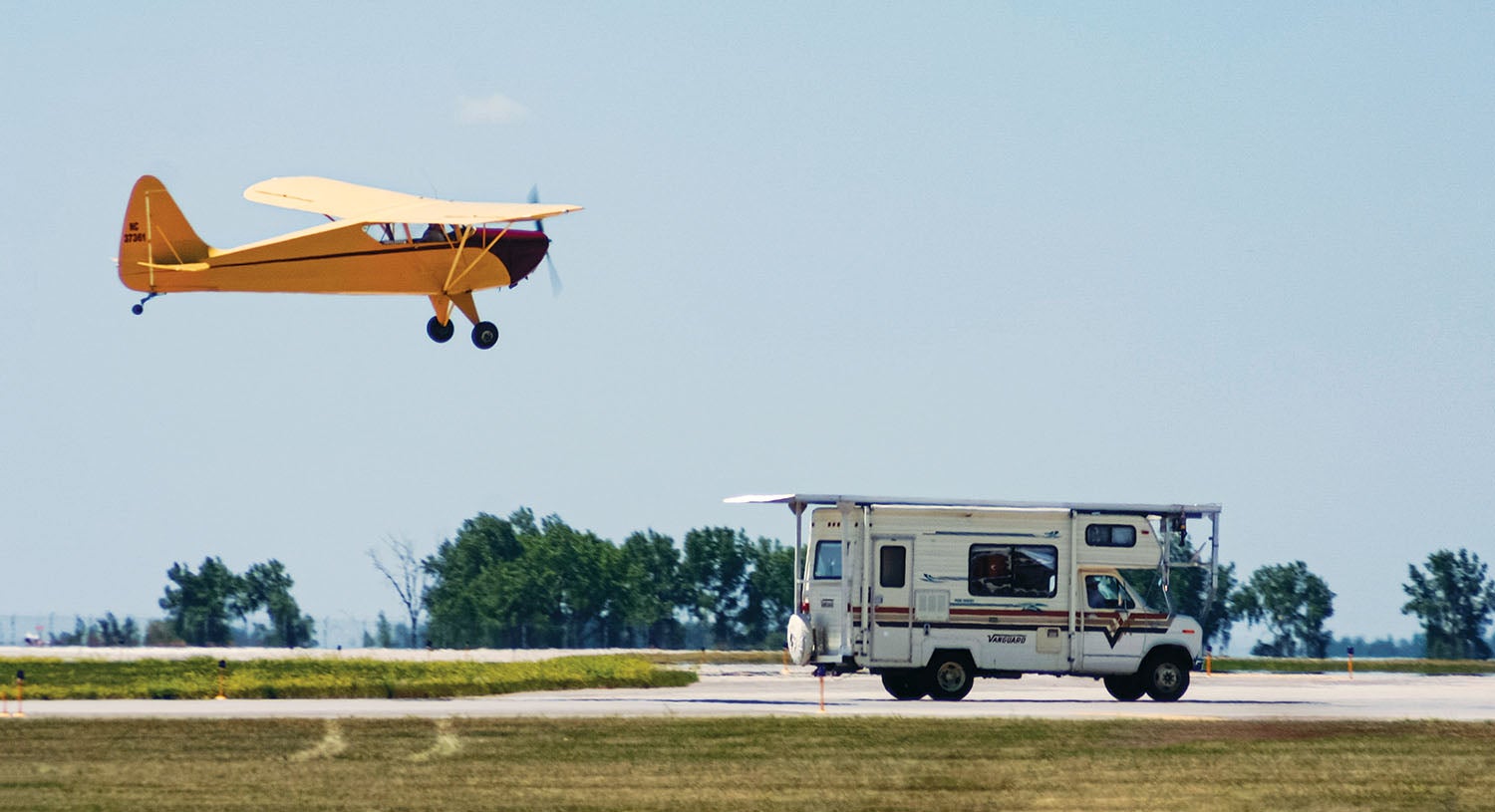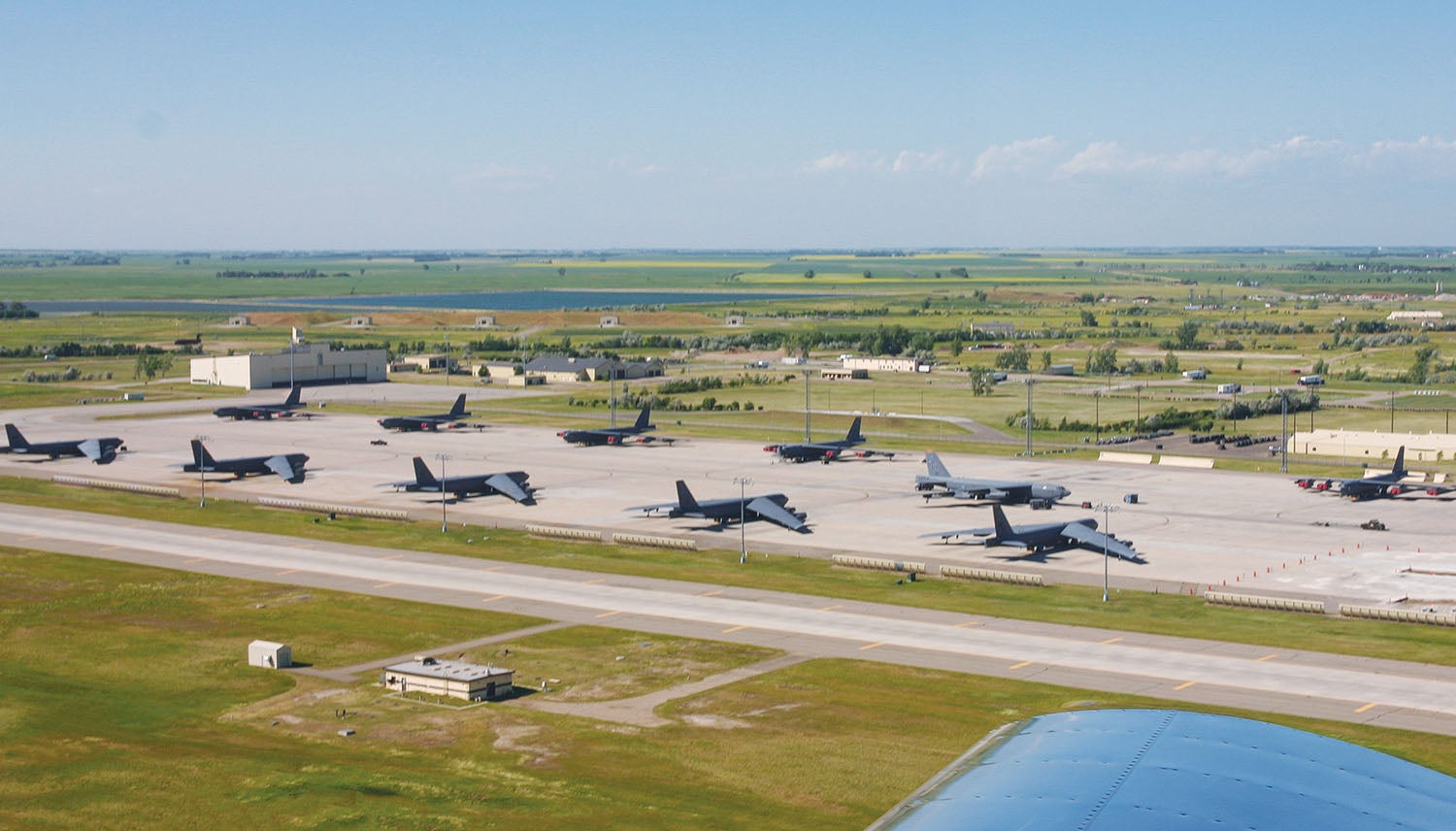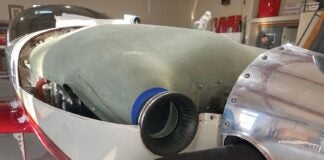I was in a bad place. I knew the flight might not end well before I took off from the taxiway of an Air Force base (AFB) that housed the nuclear capability of two dozen B-52s and F-15s of the Air Defense Command. On climb-out, my fears weren’t just confirmed, they were amplified. Canada was within easy reach, but an international border crossing wouldn’t protect me. I considered a multi-hundred-mile run toward the east, toward home, but I’d be leaving things behind, unfinished. The possible safety of darkness was a full four hours away—four long hours wondering if darkness would bring safety. On the open, unsettled plains of North Dakota, where there is no hiding, the wind writes the rules, it doesn’t abide by them, and night doesn’t always bring calm. Being forced into the air in a recreational aircraft is rare.
Recreational flights usually include the luxury of choosing when not to fly. Yet there I was: in over my head with air beneath my tires.

How Did I Get There?
It began a few months earlier when I saw Minot AFB was having a…. Actually, it started when I decided to build an airplane in my garage. Come to think of it, I have to go back to 1974, when I was in 5th grade. That year I committed to the goals of earning my pilot’s license at age 16 and joining the Air Force after high school, and my dad took flying lessons from a fellow named Mike. Mike—a bit of a local legend—flew a Cessna 120. He flew it well, flew it often and he flew it for nearly half a century. He was known for mounting the sky when the wind kept other pilots home. Except they didn’t stay home. They went to the airport to watch Mike. He could turn while flying backward. He could fly a pattern without changing heading. He’d could land in 15 feet—long before super-STOL airplanes were created—and not set the tail down until he had turned around at his hangar door. He wrung performance from that well-worn Cessna, which he named True Love, that Cessna engineers had never imagined. None of that helped me, though. I wasn’t Mike. I had less than two years and 150 hours in Metal Illness.
It was a 7-minute flight from Minot AFB to Minot’s public airport. I let it take 30, using the extra time to tighten my four-point harness and strap on my courage. I had never flown in sustained, turbulent wind like North Dakota served that day. Establishing a stable approach was beyond my doing. I was tossed by invisible eddies that churned across the runway like floodwater over rocks. My control inputs came late. My throttle corrections were defeated by wind gusts or lulls. Halfway down the painfully hard-looking runway, I announced my go-around.
In all of my previous flying, I had better wind conditions, longer, wider runways and often more runway options at my disposal. There, laid bare, is a drawback to recreational flying; we can cherry-pick our flying conditions, and we usually do. On my second landing attempt, I must have looked like Minot-based airshow pilot Kent Pietsch performing his aerial comedy act in an Interstate Cadet. By way of encouragement, the tower gave me taxi instructions to the transient tie-down area while I still flailed above the runway in Class 5 rapids, seemingly without an oar. With the runway’s end approaching, I did the only thing I could think of: I pulled the throttle, closed my eyes and held on. It worked. On the same day I watched an airplane land on a camper (albeit under far less severe wind conditions), I was happy to make the runway. While taxiing to parking, wondering how I was going to exit the cockpit in the wind, a Cub taxied in front of me with its tail raised proudly skyward. He was giving rides.

It’s Both the Pilot and the Plane. But It’s Mostly the Pilot
As I’ve written before, no two homebuilts are alike, even if they are identical on paper or in appearance. When I’m asked if a Sonex can operate under specific conditions, my response is always the same; there is what any given airplane can do and what any given pilot can do with that airplane. Mike had mastered his True Love. I never fully conquered my Metal Illness.
Airplane performance figures should be taken with a pinch of salt. They are great for comparing one design to another but not for predicting real-world performance. Software that can accurately model aircraft performance is within the grasp of every designer. The resulting numbers usually model a perfectly built airframe propelled by a perfectly tuned engine, perfectly piloted through an unchanging air mass. Those results can be unachievable on Minot’s Runway 31 on any given day. Consider the ditching of US Airways Flight 1549 in the Hudson River. Fifty percent of the post-accident computer simulations brought the aircraft safely back to an airport—until a 35-second reaction time was added to the simulation to account for human factors.
Begin a relationship with an unfamiliar airplane with a margin of respect, but make a point to press into less comfortable conditions on your terms. Expanding your piloting skills and your familiarity with an aircraft will lessen any fears you harbor about wind conditions and open more flying opportunities. Opportunities like flying to AirVenture—every homebuilder’s dream—or attending an airshow at an Air Force base where you once served. It can also prepare you for the day you have to leave that Air Force base and are directed to depart from a taxiway because the wind’s direction and gusts have rendered the 13,000-foot-long runway unfavorable for anything but a B-52.













